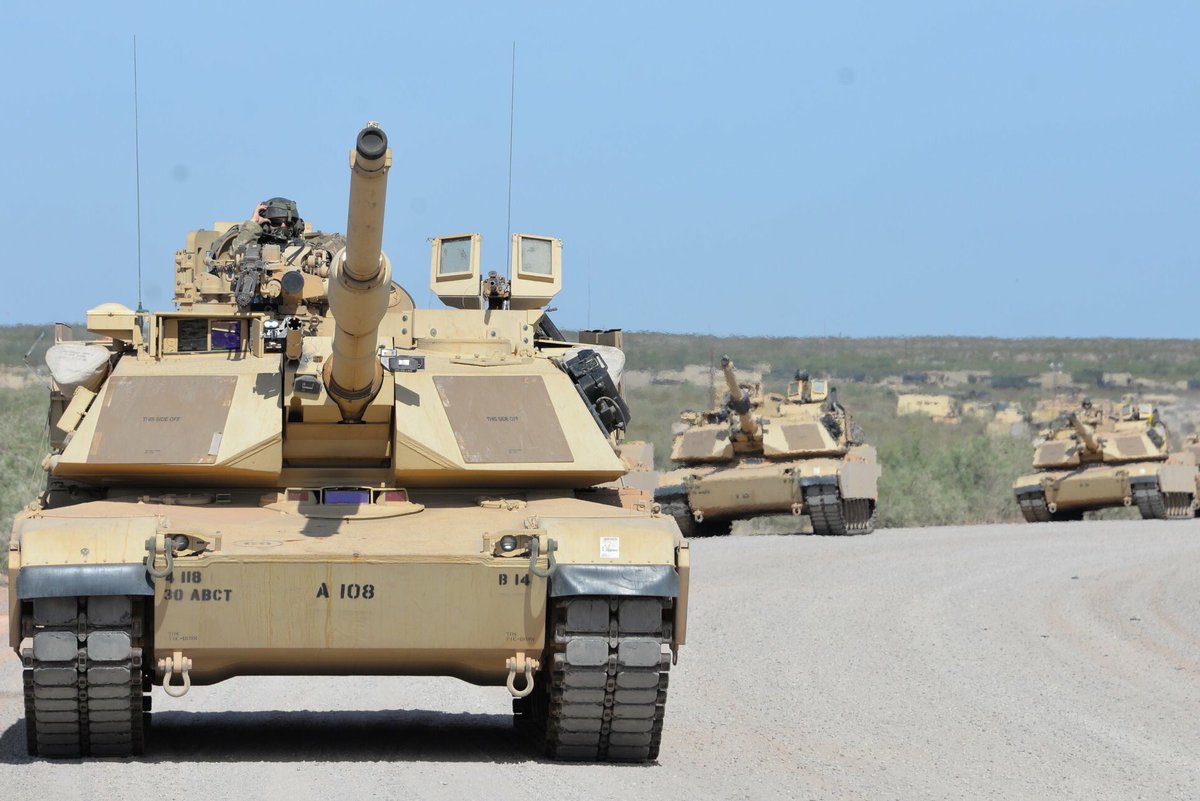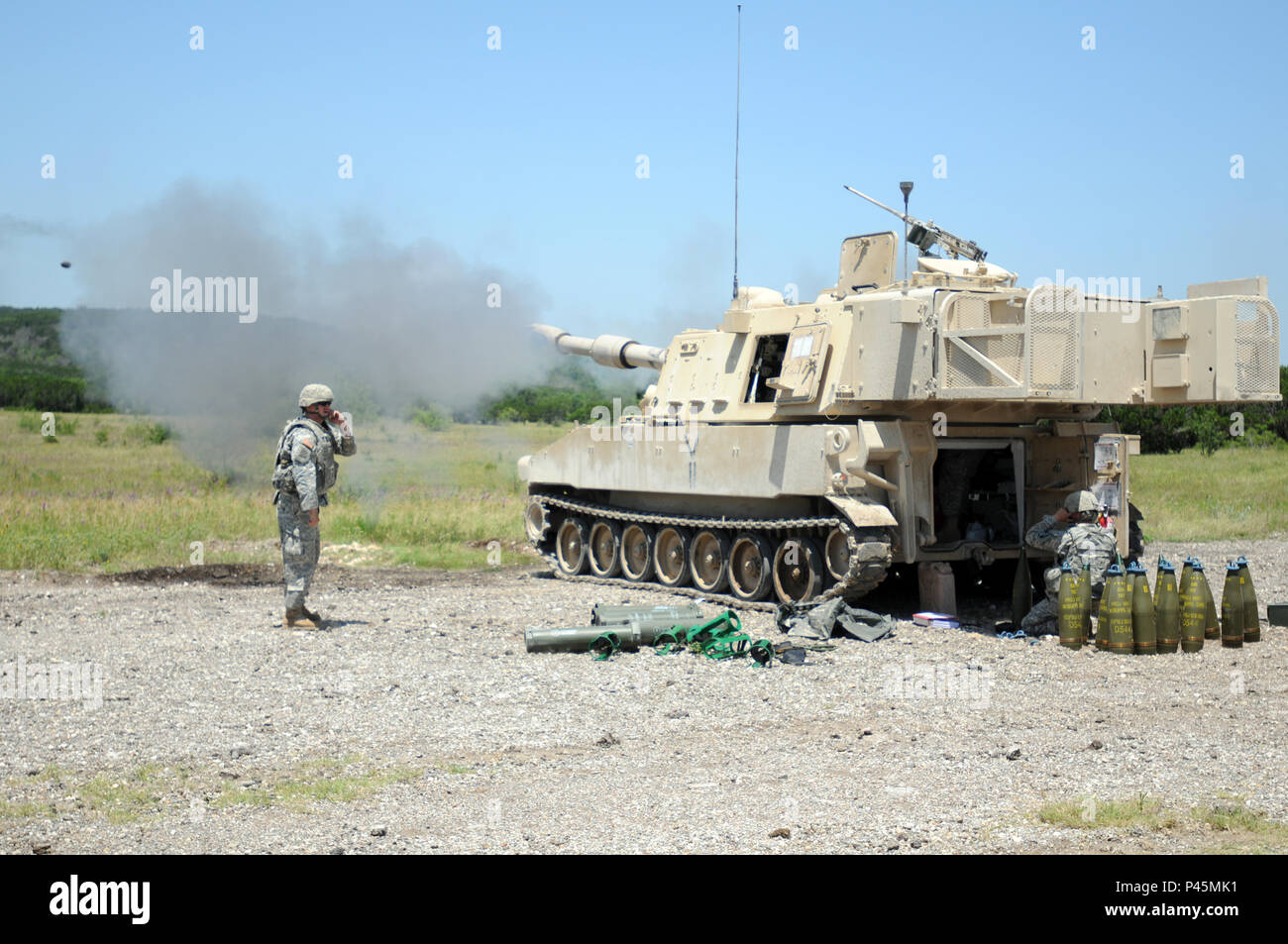FJAG said:
1) Reserve units put much less running time/year on their equipment which translates to less maintenance needs over the years and a longer service life;
Yes, to an extent. But unused vehicles rapidly become non-operational vehicles, which drives increased effort to maintain them. It's not a linear relationship. (Plus, less experienced operators tend to have more accidents, driving up the repairs required).
2) every Reserve Brigade has a service battalion with a maintenance company. Refocus recruiting and retention and Class B contracts to up organic maintenance support within the Bde. What teenage boy doesn't want to be a mechanic on an armored vehicle?;
Maint Coys were removed when the Res Svc Bns were restructured to have FSGs with Maint Pls. Besides, it's a mistake to assume that Res Svc Bns are comparable to their Reg F counterparts in terms of manning or equipment - it would be like expecting the Canadian Scottish Regiment to force generate the same personnel and equipment as 1st Bn, PPCLI.
And class B growth is the problem, not the solution - it's a way to try to do full time on the cheap to avoid addressing the inherent institutional structural flaws of the CAF enterprise (Reg and Res) - which you speak to later on.
3) These classes of military vehicles do not need large or new housing barns to overwinter and generally do not need to be used in large numbers during the winter. Winterize and tarp most of them at the end of the summer training cycle for the next spring;
You might be surprised what protection is optimal, and what parts of the equipment are required to be properly protected - for technical or security reasons.
4) Run a proper refurbishment program at the time of transfer so that serviceable vehicles are properly inspected and put into running condition (or analyzed and catalogued for parts) before being put into reservists hands;
Given current elevated rates of VOR taxing current maintenance personnel, and that many requests for Res F augmentation are met with no fill becasue the Res F individuals already have viable full-time careers, who will do this work? (Not arguing against the work, just wondering who will do it)
5) Here's a thought. Seriously review the staffing at various levels of headquarters and convert the funding for them to maintainers and warfighters. Just as an example, there are enough lawyers and support staff in the CF to man a small battalion of infantry (and if you convert their pay and benefits due to their higher rank levels to squadies--a whole battalion. As a further more detailed example, in total, the prosecution and defence arms of the legal branch are roughly established/manned at 2 Reg F Cols; 4 Reg F LCols; 21 Reg F Majs; 9 full-time civ assistants; 2 Res F LCols and 13 Res F Majs in order to annually handle some 62 courts martial, 9 appeals and various ancillary services). Ottawa is full of these types of examples. During the period 2004 to 2010 civilian personnel in the department grew by 33%, staff at headquarters above the brigade level by 46%, and within the National Capitol Region by 38%. We've become enamored with administering ourselves rather than creating a warfighting force that's a credible deterrent. Lack of equipment (whether new or old) for the Reserves is one giant part of this deficiency.
"First thing we do, let's kill all the lawyers"

But yes, regardless, we need a top to bottom rethink of how we are structured, who does what, what capabilities need to be full time, what can be part time, what facilities and equipment are needed to do so. In my less imperfect world, we train on common fleets whether Reg or Res, and design our force to enable that, including full-time support (whether military or civilian) to enable it.
6) Why can we always find excuses as to why the Reserves are not capable of holding/maintaining equipment that they can use to augment/expand our defence capabilities (and thereby eliminating our deficiencies) rather than fixing the problem? Don't tell me its money. DND get billions and billions every year. It's how DND chooses to spend it that's the real issue.
Every opportunity the Army has had to fix the Reserves the folks made responsible decided nothing was broken, and wasted the opportunities, and sustained the status quo.
Pogo Possum clearly identified and articulated the problem.


/cdn.vox-cdn.com/uploads/chorus_image/image/63698749/pogo-met-the-enemy.0.1505425927.0.jpg)

/arc-anglerfish-arc2-prod-mco.s3.amazonaws.com/public/WG4N4YOYGZBULDRTCA4VWVQBHU.jpg)



